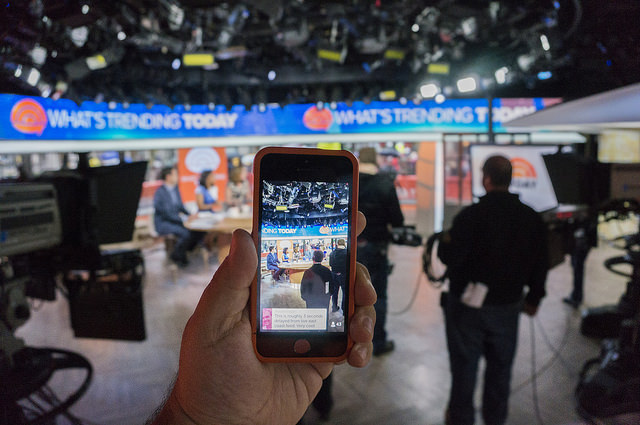The Times and Sunday Times’s experiments in ‘immersive’ storytelling could help the publisher make improvements to its main editorial content management system in the future, the news:rewired conference heard today.
An team of about 20 journalists has been making interactive features, focusing on elements that work round the long-form and investigative pieces found in the Sunday Times magazine, the London conference was told.
Digital news development editor Joseph Stashko said their success was “vindication that we should be presenting this stuff with a little more care”.
The features used round the news groups stories are made using tools that are “way better than our current CMS”, he said, and can include visual, interactive and audio elements to help the stories have a longer shelf-life and become more appealing that a simple text piece.
We’re testing this and getting good results from it. We want to build that into an improvement of the main CMS.
He said attitudes to this form of journalism had changed in the newsroom:
In a way we’re victims of our success. As soon as you do one, other desks want one.
The Times’s interactive lessons learnt so far:
- It’s difficult to build a tool set that allows other journalists to make their own interactive features. “Most newspaper interactive features are centred around big showcase things that become popular for a week then die. Building a tool set you have to think about the reader and how someone who doesn’t sit on the same desk as me understands how to use it.”
- Develop as many platforms as you can. It’s more subtle than mobile/tablet/desktop. Is there a particular device that your readers use most? For The Times, its the iPad. It’s a prerequisite that whatever The Times builds has to work well on that.
- Solve a problem: If he had a pound, said Stashko, for every time a newspaper editor sent me an email saying ‘look at what this (other) news organisation has done, can we have the same’ then he’d be a rich man. Make sure you’re out to do something that works for you, he said, not something just to follow the trends.
- Try using other tools first: Then if at the end of that you’re left with the notion that they do entirely what you want, then do something yourself.
- Make sure it’s modular: Add and remove elements as you see fit – hopefully making this as adaptable as possible in the future.


